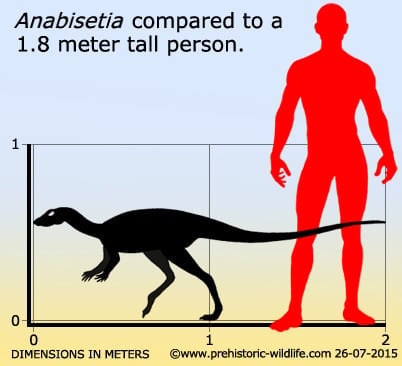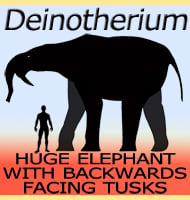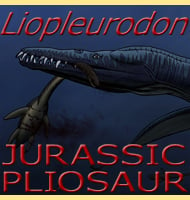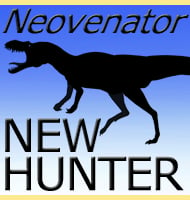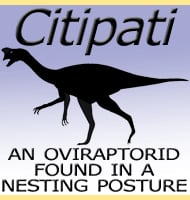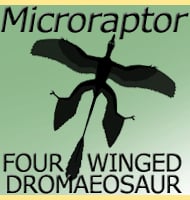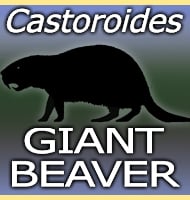In Depth
A possible close relative of Gasparinisaura, Anabisetia was a fairly small ornithopod dinosaur that roamed around what would become South America during the early stages of the late Cretaceous. Anabisetia is known mostly from the partial post cranial remains of four specimens and a single partial brain case and lower jaw. The lack of a more complete skull means that it is hard to establish both the head features and a more precise relationship to Gasparinisaura.
How Anabisetia relates to other ornithopods is still uncertain, partly because of the uncertainty regarding Gasparinisaura at the time of writing. Gasparinisaura was once thought to represent a more basal iguanodont, but later analysis now suggests that it was closer to more advanced forms like Thescelosaurus from North America. If correct, then Anabisetia would follow Gasparinisaura by its close association.
Possible predators of Anabisetia could have included abelisaurids, remains of which have been recovered from the same formation as Anabisetia. Possible further threats may have included carcharodontosaurids such as Mapusaurus which were alive and roaming around in other parts of Argentina during these stages of the Cretaceous.
Further Reading
- A new iguanodontian ornithopod from Neuquen Basin, Patagonia, Argentina - Rodolfo Coria & Jorge Calvo - 2002.
